|
I've been repairing a few classic Bally games lately, so it's only fitting that this one came into my care recently. Star Trek (Bally, 1979) has some cool playfield features including a saucer which spits the ball out into the pop bumpers, and a free ball return lane. Star Trek appears to be the only Bally solid state game that had a free ball return lane feature, and it was a great way to rack up scores by collecting bonuses continuously. The "Where No Man Has Gone" horseshoe at the top left of the playfield was also a cool gimmick, causing the left pop bumper to fire the ball back at the left flipper. This will be a relatively short blog post as this restoration was focused mainly on circuit board repairs and upgrades. Only minor playfield repairs were conducted, and the machine was otherwise in good, playing condition. The playfield was stripped and cleaned, various broken parts were replaced, and the flipper assemblies were also rebuilt. However, there's nothing particularly exciting about any of that. Instead, I intend for this blog post to serve as a generic reference for those troubleshooting classic Bally boardsets and to explain some of the basic modifications and upgrades I perform.
0 Comments
If you ever need proof that pinball was made for adolescent men, look no further than Playboy (Bally, 1978). As gaudy as this theme seems now, it remains a great example of a classic Bally game. There is a reason they made over 18,000 of these - they were fun! The standup targets on one side coupled with the drop targets on the other side made this a fun shooting game. This game was given to me to repair by an elderly customer who had stored it outside in his pergola for many, many years. I initially attended his house for a service call, but was then advised that he wanted the machine to be refurbished and brought back to playing condition. However, this customer did not want to spend a huge amount on the game, so I had to tackle this repair with budget in mind. Let's finish off the year by repairing a classic Bally game! But first, I've got to be honest. I've never been much of a fan of late 70s/early 80s Bally games. I generally find the blips and tunes of the early sound boards grating, which makes them hard to play for any length of time. Some say it adds to the nostalgia, but having no nostalgic connection to these games, I can safely say I prefer the sounds of traditional chimes or modern digital stereo. That said, Bally games are classics in terms of gameplay and artwork, so it was a pleasure to get to work on this one for a customer: Six Million Dollar Man (Bally, 1978). This machine had not been working ever since the customer got it from a relative, and they wanted it up and running for their 60th birthday party in a few weeks. We were on a deadline, and there was lots to do! Time to lay down the law! Judge Dredd was the last Bally/Williams machine I had left to restore of my original road trip haul. I had left it to last mainly because the look of all the ramps criss-crossing the playfield, the idea of having to fiddle with the Deadworld, and the sheer size and weight of the damn thing all told me that this would be a painful restoration. Just looking at it and comparing it to Demolition Man (Williams, 1994), my only other widebody game, the Judge Dredd playfield was packed with more features and more mechanisms, which meant more to clean and more to service. But, as always, I was up for the challenge! It has been just over a year since I restored my first Doctor Who (Bally, 1992), so I guess it is fitting that I'm now finishing up restoring my second. My first Doctor Who was purchased by a local collector and, since I sold it, has been treated to a new layer of clearcoat on the playfield, LEDs, a USB TARDIS, opto improvements, and a host of other upgrades. Just when you think there's nothing else to do to a machine, someone does some more! I'm glad it made its way into good hands. There was a reason that I restored this machine second. This machine was in much poorer shape than the first and required a bit more work to get it into a presentable state. But with the experience of the first Doctor Who restoration, and now with some additional experience from the two Fish Tales restorations, I thought I may as well finish dealing with the doubles of all my machines and get this Doctor Who back into action. Having repaired a couple of Doctor Who (Bally, 1992) machines, I've found that the Time Expander mini playfield always needs to be rebuilt. There are two main parts to this:
This is a small write-up of how I approach these repairs and what the end result looks like. After my World Cup Soccer restoration, I was rearing to go for another. Doctor Who (Bally, 1992), was another machine I had bought at the same time as World Cup Soccer. I had a lot of mixed feelings about Doctor Who as a pinball machine. While I wasn't much of a fan of the TV show or other Doctor Who media, I hadn't played the pinball machine much before and many pinheads insist that it is a really cool game. The mini playfield is the main feature on Doctor Who. It's a section of playfield that rises and sinks to reveal objectives to hit; it is very similar in style to the ball lock area on Jack-Bot (Williams, 1995). Doctor Who definitely looked like more of a technical challenge so I decided to sink my teeth into it and see how far I could get. World Cup Soccer (Bally, 1994) was the first machine I chose to restore from the eight machines I purchased during our recent pinball adventure. World Cup Soccer is a game that is approachable and a fun theme to play, especially for novices and non-pinball people. Looking at the playfield, you can understand why. It's got a giant soccer ball in the middle of the playfield and a goal with a goalkeeper guarding it. Way cool! You can instantly understand one of the key parts of the game: scoring goals. Out of my eight new machines, I decided to start restoring World Cup Soccer first simply because it appeared to have the fewest things wrong with it. After the relatively relaxed and enjoyable experiences of getting The Getaway and Demolition Man up and running, I had some serious work ahead of me if I wanted to get all eight machines up and running. Getting a relatively easy machine fixed and out the door was my main goal (pun intended). |
About
Here you will find logs of our pinball and arcade machine restorations, repairs, discussion about general pinball and arcade topics, as well as recounts of our random pinball adventures.
Check back regularly for updates! Blog updates
Archives
October 2023
Categories
All
Donate

Running this website is a hobby for me (just like pinball!). I like being able to show off my restoration work so everyone can learn from it and potentially fix their own machines. If you enjoy reading the site's content or it has been helpful to you, please consider donating to offset some of the website's operating costs. |

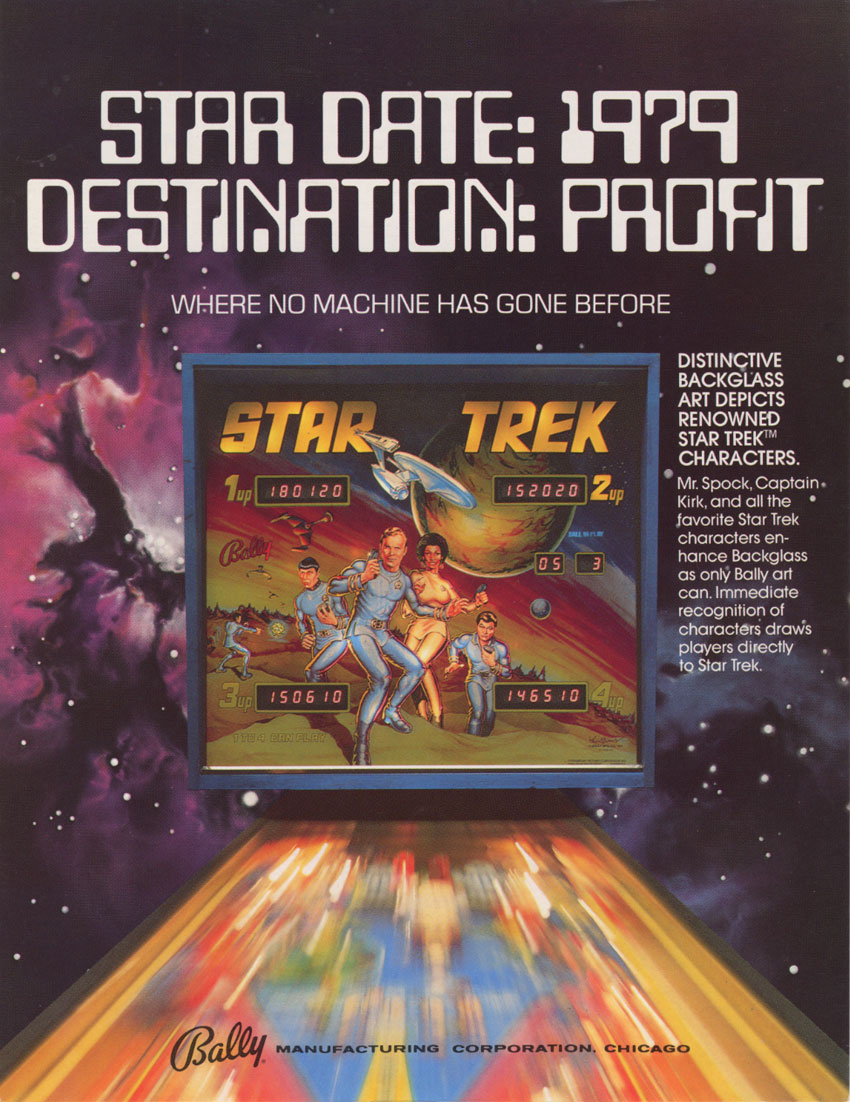
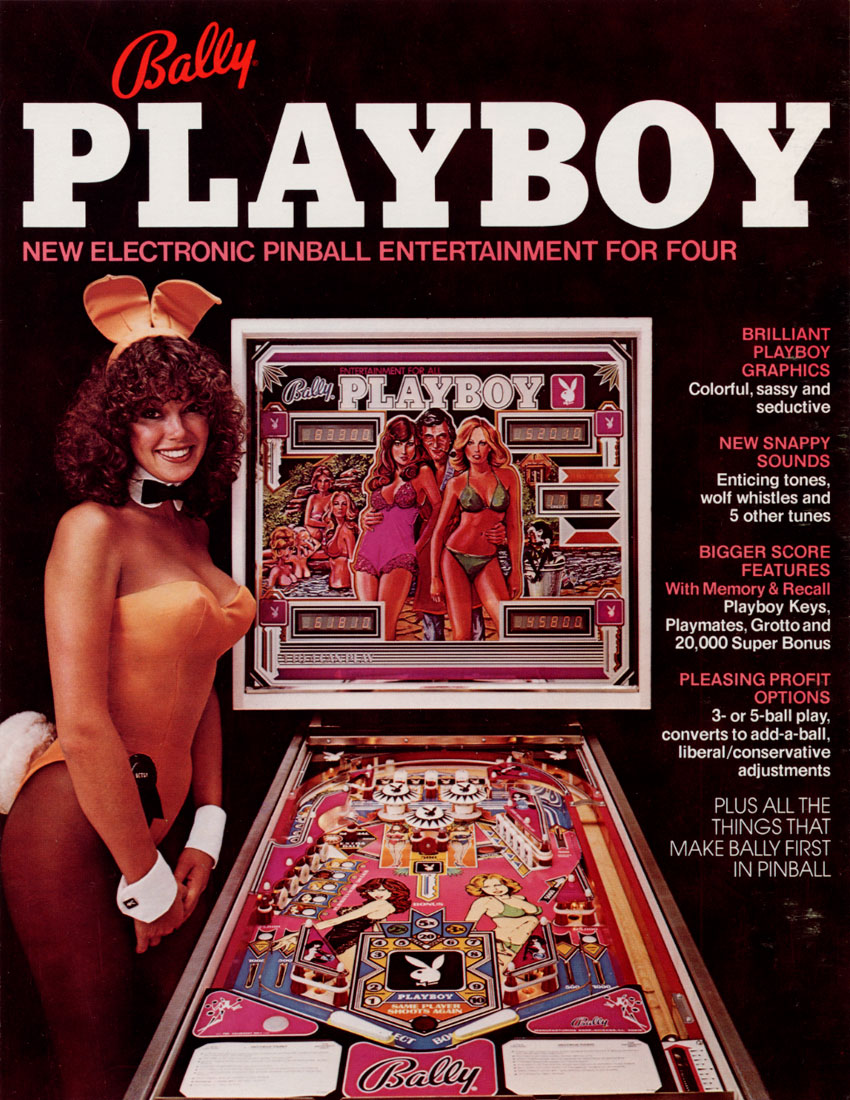
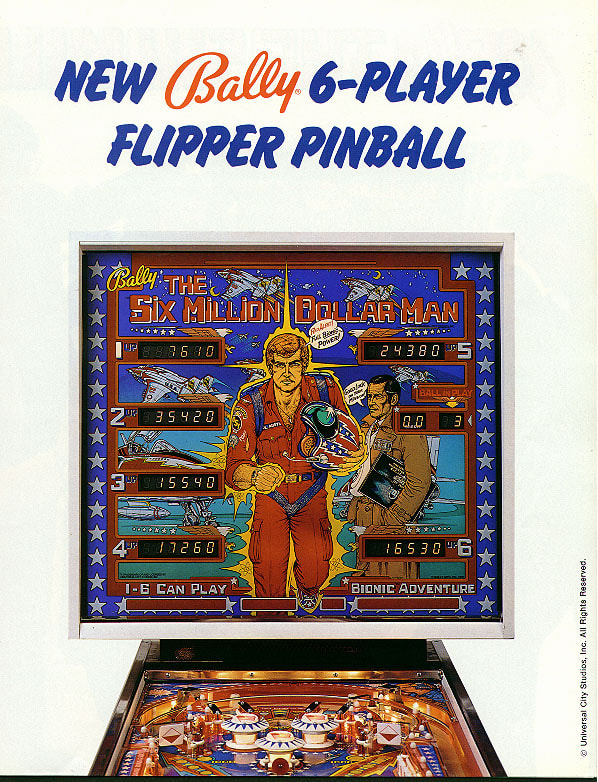
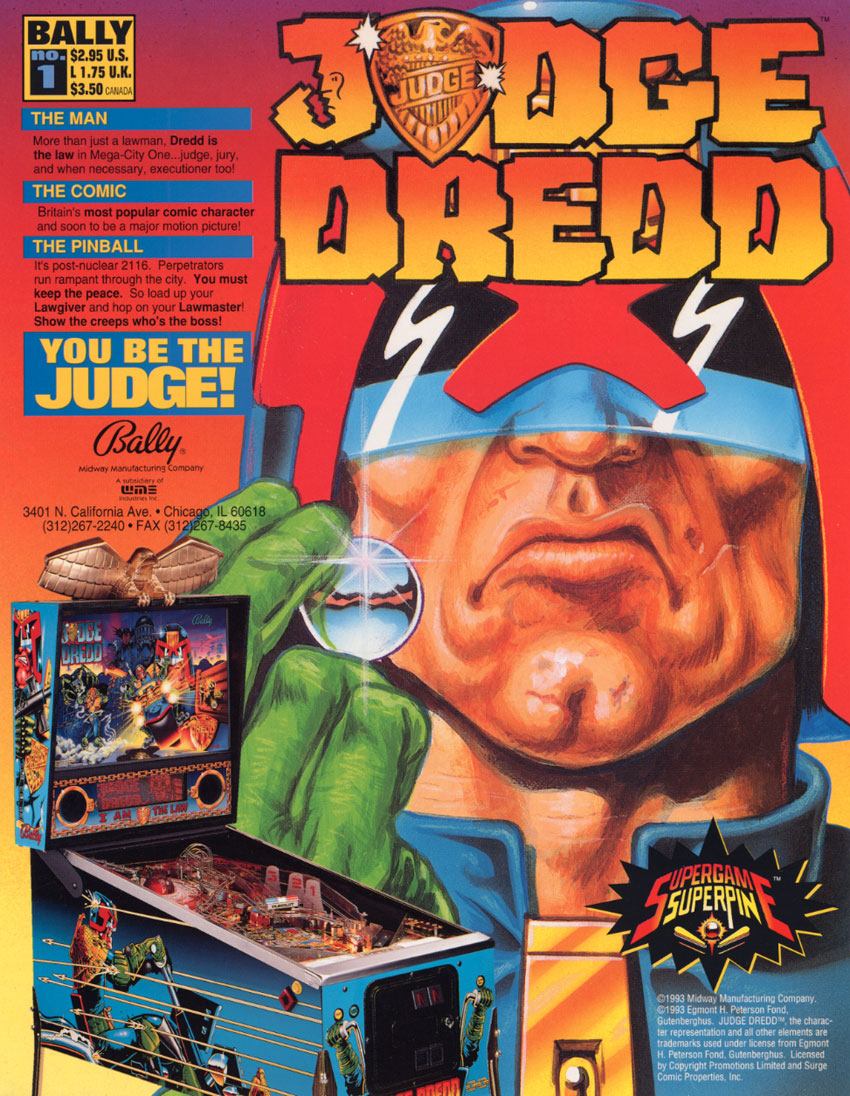
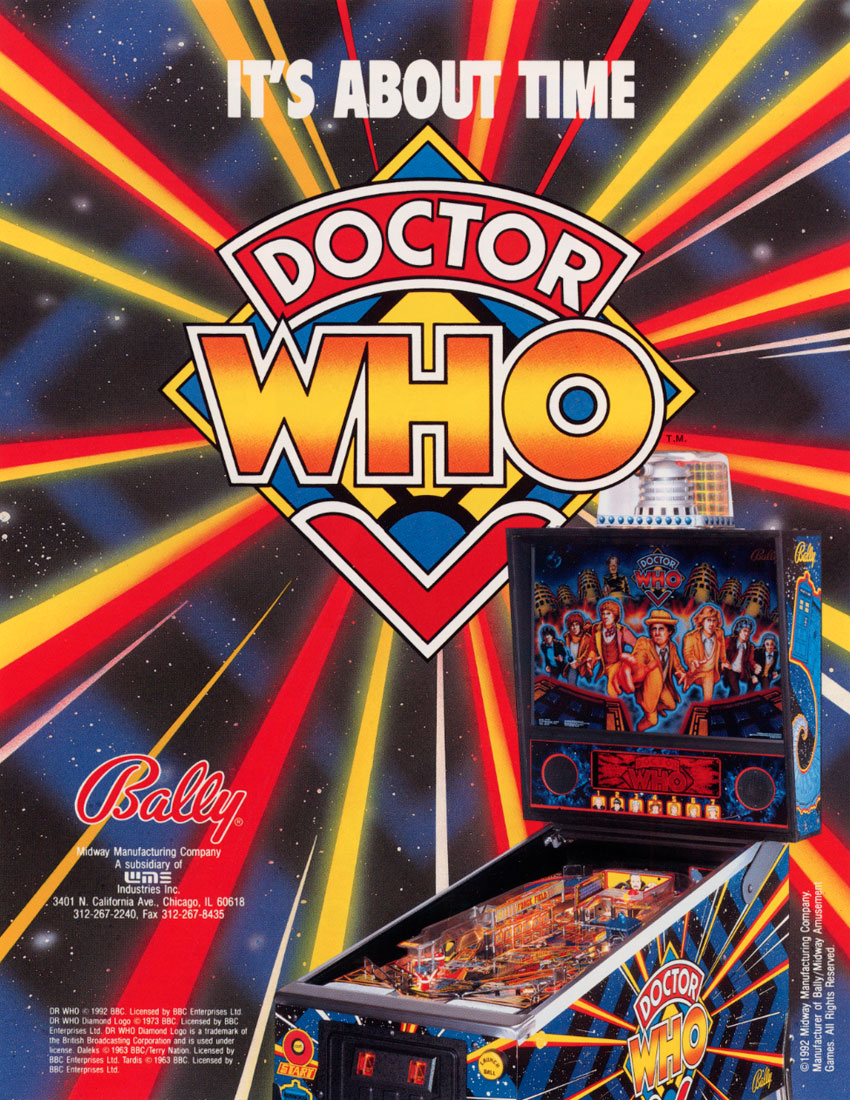
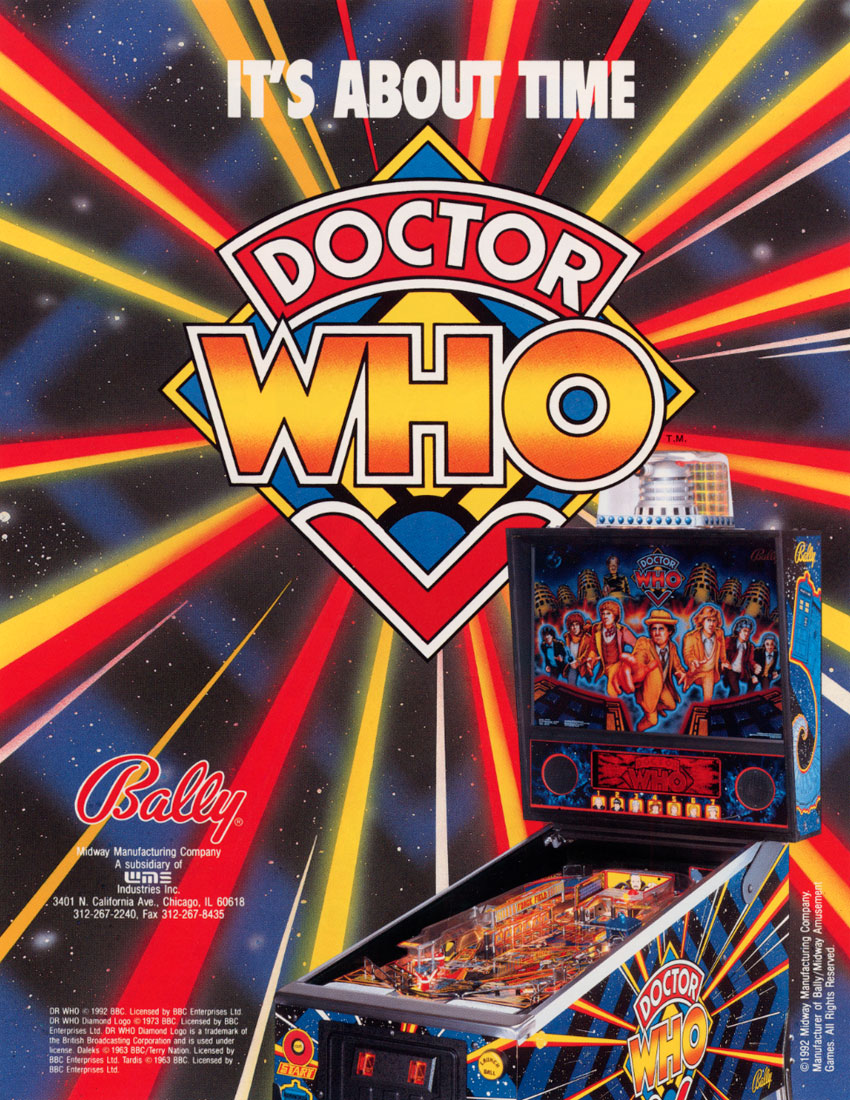
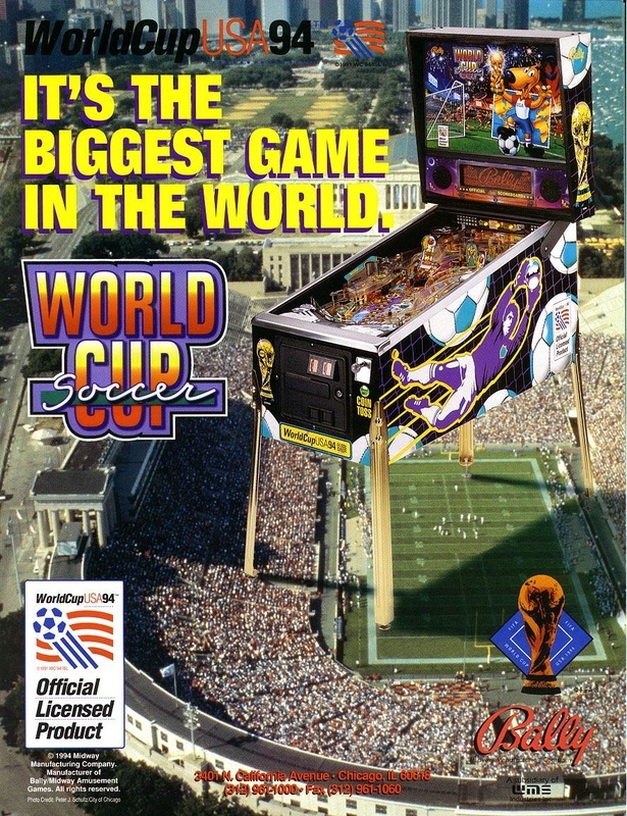
 RSS Feed
RSS Feed